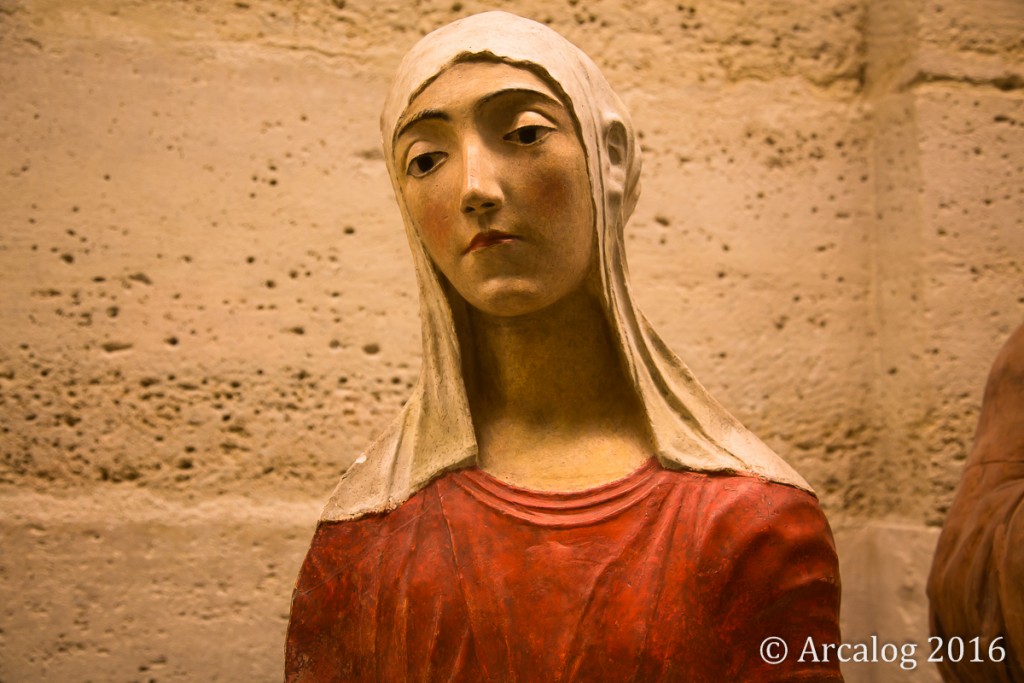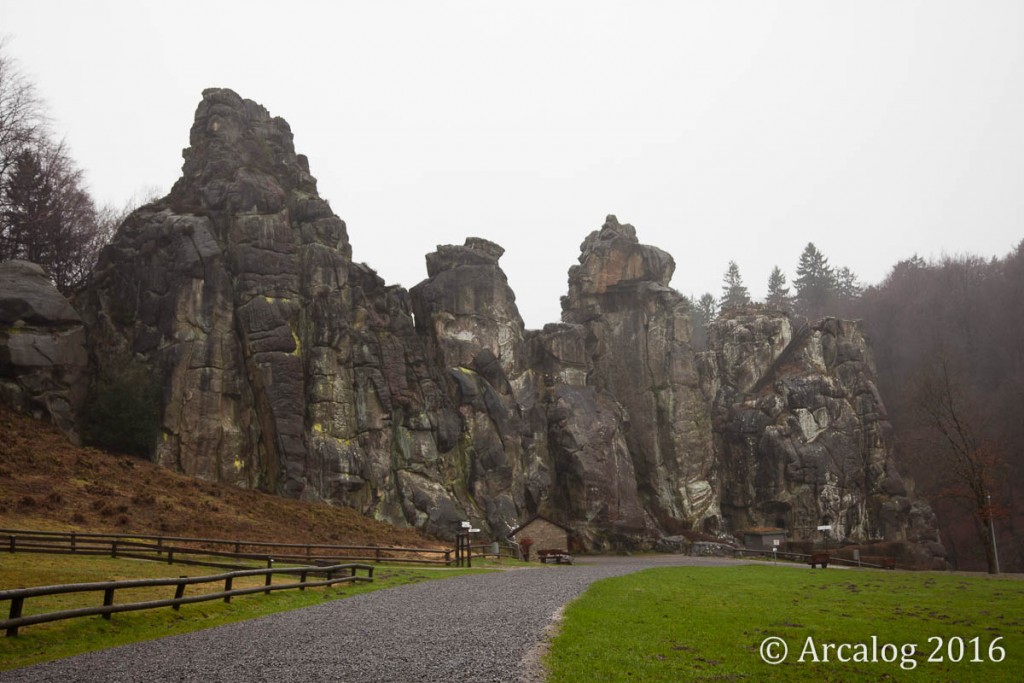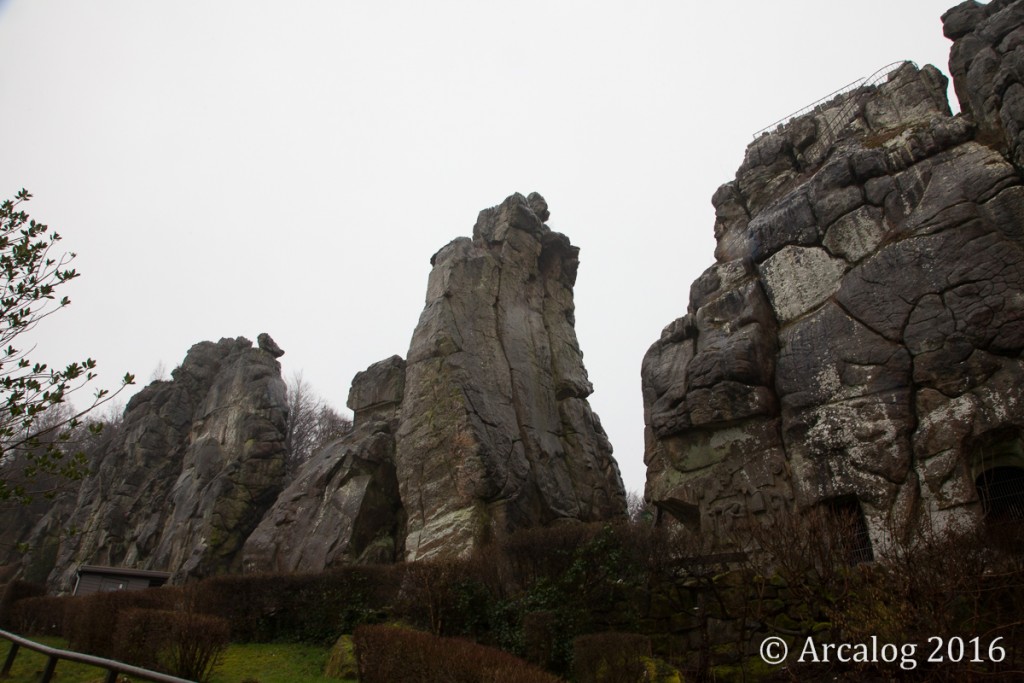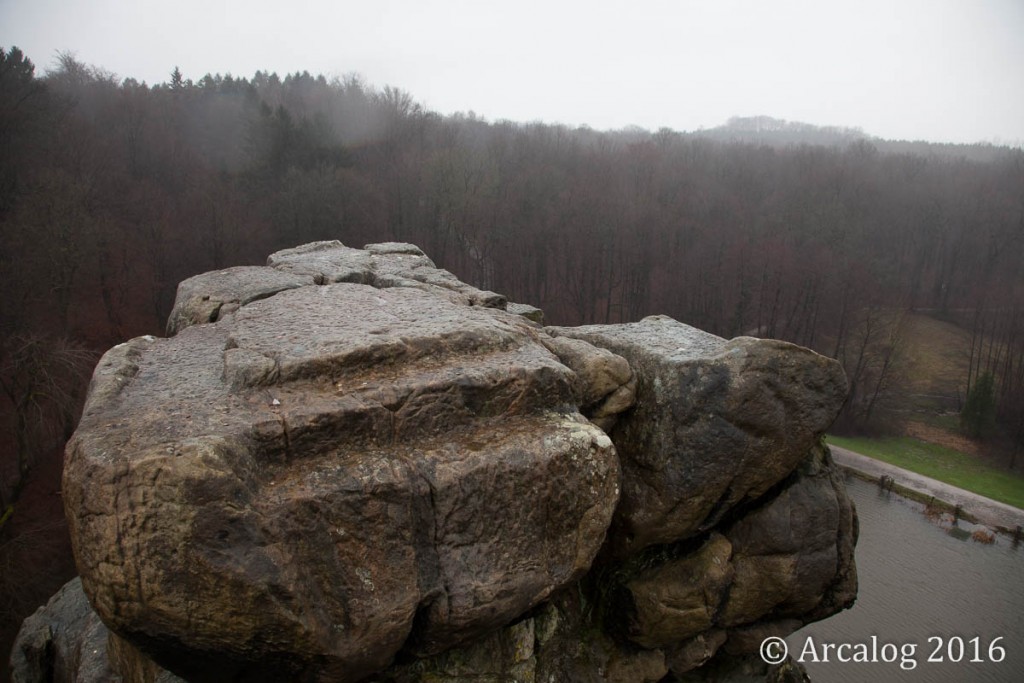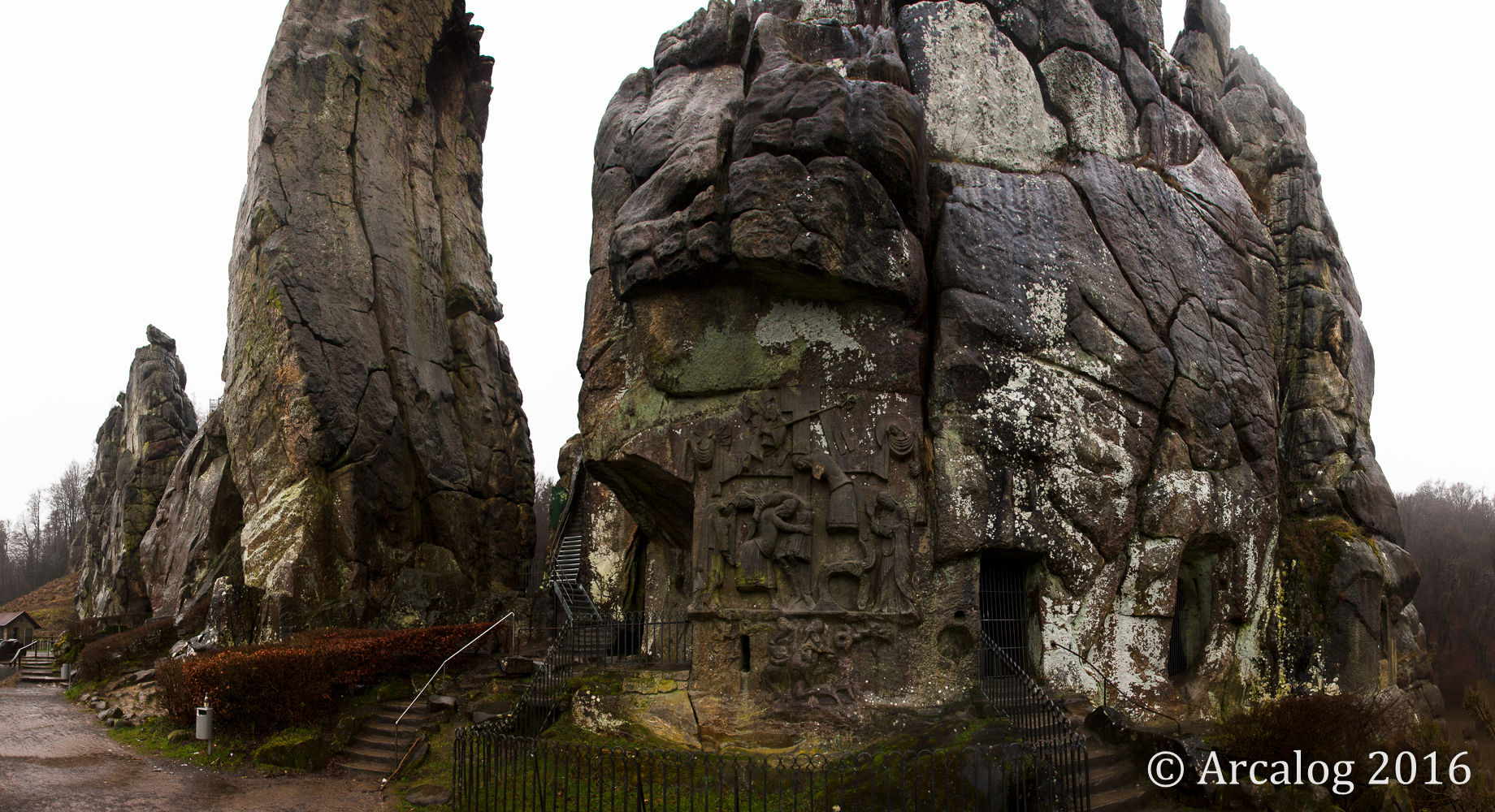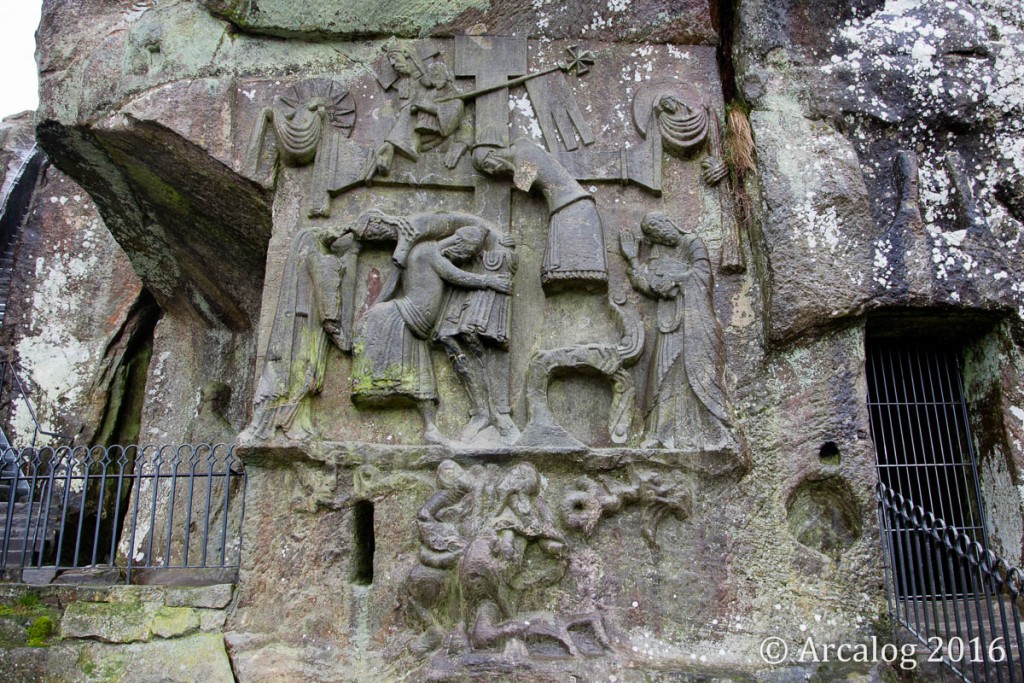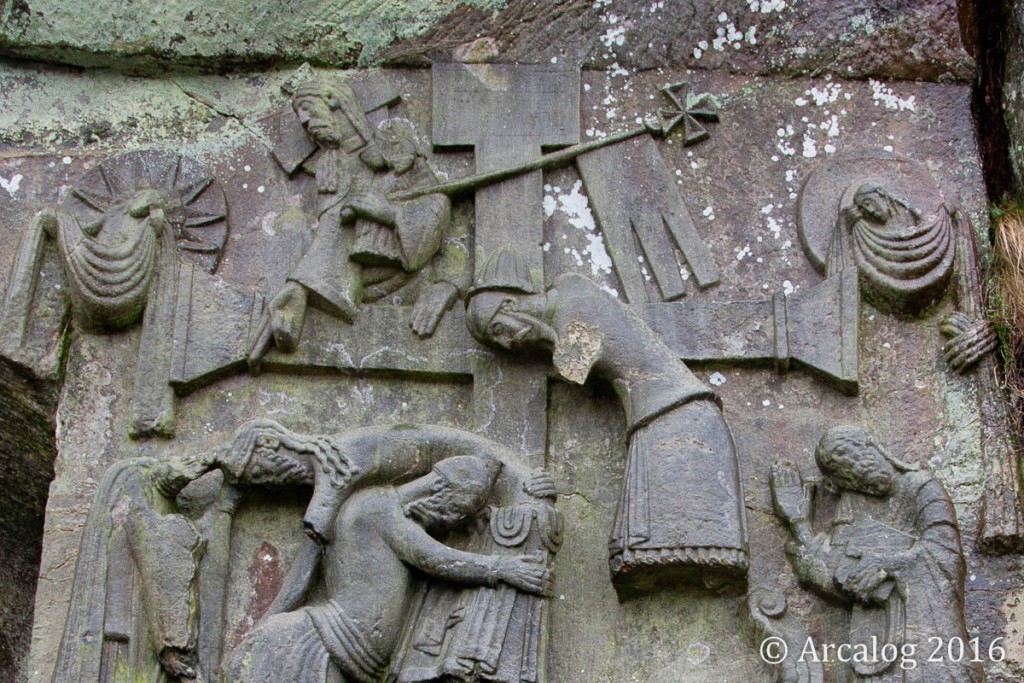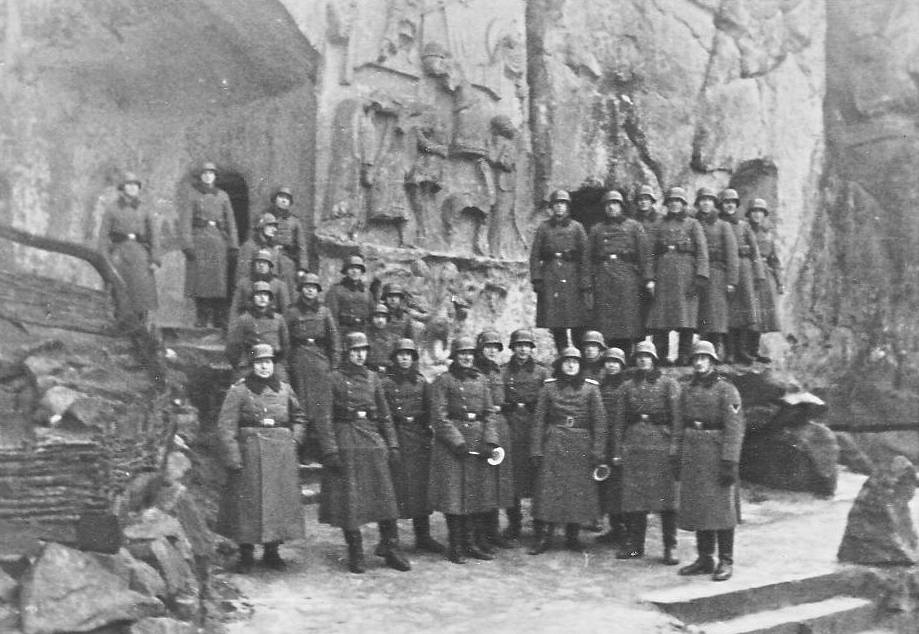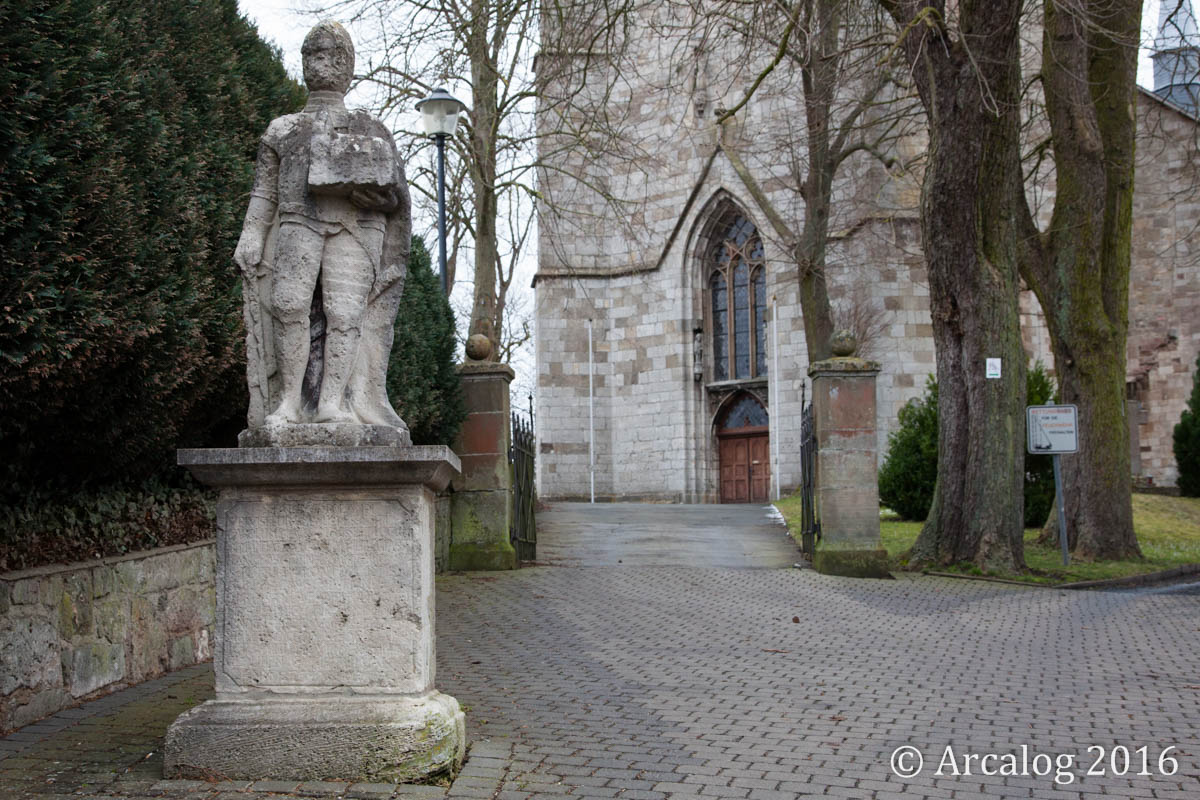We are all Keynsians now. In Canada, Justin Trudeau was elected on the promise that he would build Canada’s infrastructure (and run large budget deficits). Trump has also promised a massive infrastructure build out (with hundred year bonds!). Running multi-year deficits doesn’t seem to matter anymore. If anyone objects, the theories of John Maynard Keynes are always trotted out. So who is this guy exactly?
I encountered Keynes unexpectedly when I stopped to ask for directions while jogging on a road near Cambridge.
Me: Excuse me, can you tell me if there is a trail by the river that will take me back Cambridge?
Fellow: Oh yeah, just take this road to Grantchester Meadow’s and you will find a path from there.
Me: Grantchester…?
Fellow: You know Grantchester Meadows? Pink Floyd?
Me: Oh, right! Pink Floyd! Of course! Thanks.
That was my first introduction to Grantchester Meadows and, admittedly, to the song by Pink Floyd apparently inspired by the picturesque meadow beside the River Cam. I also learned that Grantchester was the famous haunt of a group of Cambridge intellectuals known as the Bloomsbury Group who sought to bring about social change by embracing a new kind of paganism (if I am not mistaken, they referred to themselves as ‘neo-pagans’). Among them were influential writers, philosophers, academics and one economist, J.M. Keynes . During his university days at Cambridge, Keynes also belonged to an exclusive club called the Cambridge Apostles. Founded in the mid 1800’s, the Cambridge Apostles would become famous in the 1950’s when five former members of the club were charged with spying for the Soviets. Besides Keynes, several other Cambridge Apostles were also part of the Bloomsbury Group.
I am not sure what ‘The Apostles’ were like in the early days but by the time Keynes joined the group it was a philosophic debating club modeled on Plato’s Symposium. They were the educated elite who had stepped out of the cave of appearances into the broad daylight of reason. In practice this meant throwing off traditional and religious restraints that had come to define Christian morality.
Speaking of his relationship with Strachey, Keynes said that he and Strachey had “repudiated entirely customary morals, conventions, and traditional wisdom. We were, that is to say, in the strict sense of the term, immoralists. The consequences of being found out had, of course, to be considered for what they were worth. But we recognized no moral obligation on us, no inner sanction, to conform or to obey. … Yet so far as I am concerned, it is too late to change. I remain and always will remain, an immoralist.” 1
So what exactly does it mean to be an ‘immoralist’? The following biographical sketches are taken from an article that is sympathetic to Keynes. It pulls from documents that I presume are reliable. To begin, here is an excerpt from a letter Keynes wrote to one of his friends, Gerald Shove.
“I did in the end stroll out on Tuesday night and bring a boy back. He told me that there are many fewer this week because last week the police were active and locked two up.” His friend, Gerald Shove – to whom this letter was written – was concerned that he might be arrested. He had written, “I’m not sure your passion for low life isn’t vicious, but perhaps you keep it within bounds ” Continuing, he inquired, “I’m dying to know what your adventure was and whether you’re safe again. Of course, you can’t describe it on paper, but do let me hear when you’re escaped, or are arrested.” 2
Keynes had another affair in those pre-1914 years with a lovely “Cockney lad,” an actor by the name of Francis St. George Nelson. “St. George” – as Maynard and Duncan called him – was engaged in a rather profitless occupation, and Keynes often had to rescue him when he was stranded and broke in some seaside town. They both were very fond of the young man (he was in his late teens), partly because he was “a vicarious source of low-life adventures.” 2
Keynes sexual escapades with boys was an ideal embraced by the Cambridge Apostles whose members aspired to “Higher Sodomy”. Keynes used his position of power to force a young Indian boy in his late teens to become his lover and preyed on the boy’s vulnerability as a foreigner to get what he wanted.
The Cambridge Apostles had all the makings of a cult, with ideas every bit as absurd as the Branch Davidians.
Once elected, an Apostle swore the “curse,” or vow of secrecy, and placed all other obligations second to those of the Brotherhood. Embryos, Apostles, and Angels gathered behind locked doors every Saturday evening, to eat anchovy toast and to discuss a particular Brother’s essay delivered on the hearth rug. In addition to secrecy and ritual, the Brothers invented a coded language and a neo-Platonic schema of the world that divided “reality” (anything and anyone related to the Society) from the “phenomenal” (the non-Apostolic realm of women, politics, and the masses). Though they claimed they wanted “everyone” to “be Apostolic,” the Brothers believed that only they belonged to “a certain type, rare like all good things.” The Society bolted its doors to the uninitiated, allowing only the select few to “breathe that magic air.” 4
During the 1890s, Bertrand Russell argued that the inclusion of women would assist in the discussion of sexual matters, but the Brothers favored the logic of Angel Roger Fry whose paper “Ought We to Be Hermaphrodite?” made it possible to ignore the presence of women at Cambridge altogether. Fry expressed the “terrific thought” that no woman had ever existed or could exist as long as the Society admitted only males to Apostolic reality 5
Years later, the Edwardian Brothers still believed that any unnecessary contact with the opposite sex jeopardized the “Apostolic character” and was “sufficient to frighten others off the higher ground of Sodomy.” 6
The Apostles’ notion of fraternity met with some criticism. Overall, the Brothers described their relations with the opposite sex as “always degraded.” 7
Elected to the Society in 1890, J. E. McTaggart remained at Cambridge, lecturing on Hegel and inviting privileged undergraduates to pay court in his rooms on Thursday evenings. His Apostle paper, “Violets or Orange Blossom,” a defense of male love, was prized and re-read by future members of the Society. According to McTaggart’s theory of reincarnation, male friendships developed out of a recognition of souls that had loved one another in a previous existence. This communion of souls in the perfect love of friendship constituted a heaven in need of no God. McTaggart designated Love – male love – as the Absolute, and not even conjugal relations could erode what he called the “all-consuming bonds of spiritual love.” 8
Many will argue that members of this group were genetically predisposed to act this way. But according to the Apostles, it was their philosophy that led them to form homosexual relationships. Many of them eventually married.
Though he married in 1899, McTaggart promised the Society that his new state would neither replace nor transcend his ties to the Brotherhood. In fact, his “phenomenal wife,” Margaret Bird, seemed “almost Apostolic” in her fondness of metaphysical discussion and schoolboys. 9
Likewise, another of the Apostles writes that he was never interested in men until he joined the Society.
Dickinson himself did not discover the “highest reaches” until his election to the Society in 1890. In his memoirs he wrote that as a youth he expected to find love with a woman, but his participation in the Society reaffirmed his “discovery of Greek Love as he read of it in Plato.” 10
Keynes eventually settled down with a woman as did Lytton Strachey. Their homosexuality was an outward expression of their complete rejection of Christian religion and tradition. The symbols and rituals of the Cambridge Apostles seem to have been designed to replace Christian ones. They kept a book containing a list of former Apostles together with notes from their meetings. They called it ‘the Book’ and kept it in a cedar Ark along with essays written by former Apostles.
The Society’s bond of Brotherly Love searched the Society’s ark, a “charming cedarwood chest,” where previous essays and meeting minutes were stored, for a roster of Higher Sodomites and reminded his Brothers that only “Us the terribly intelligent, the artistic, the overwhelmed” attain Love. 11
They worshiped their idealized version of Man and believed that they were on the path to attaining that ideal. Having embraced the philosophic life they were ready to rule the world. And so they did! The membership roll of the Cambridge Apostles and the Bloomsbury Group reads like a veritable ‘who’s who’ list of intellectual elite in the UK.
Does it matter that Keynes ‘the economist’ was ‘an immoralist’? It doesn’t seem to matter to most commentators. Even those who sincerely oppose his ‘immoralist’ worldview seem to think that our current economic malaise is just a natural part of the business cycle. But if it is true that beliefs have real world consequences and that the greater the power and prestige of those who hold those beliefs, the more widespread the consequences will be, then yes, it does matter. The fiscal and monetary regime J.M. Keynes enabled may go down in history as the greatest conceit ever imposed on the human race.
For in pride is destruction and much trouble, and in lewdness is decay and great want: for lewdness is the mother of famine. (Tobit 4:13)







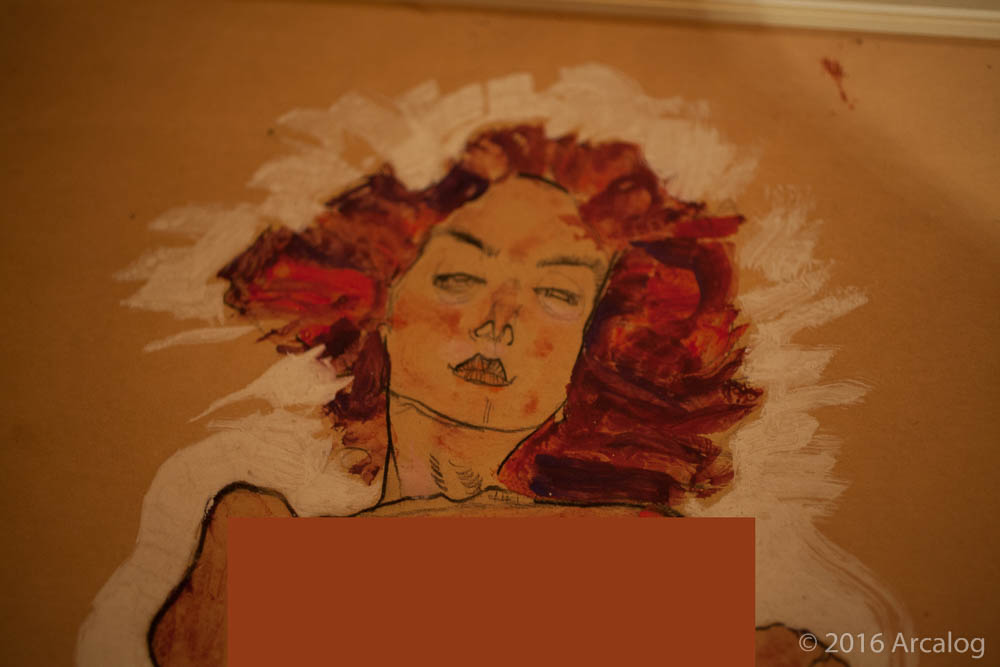


![Fernand Leger, 1928, There is no longer a landscape, a still life, a face. There is the image, the object [...] the useful, useless, beautiful object". For him, all objects, whether organic or inorganic, were equal.](https://arcalog.com/wp-content/uploads/2016/06/IMG_3800-1024x663.jpg)
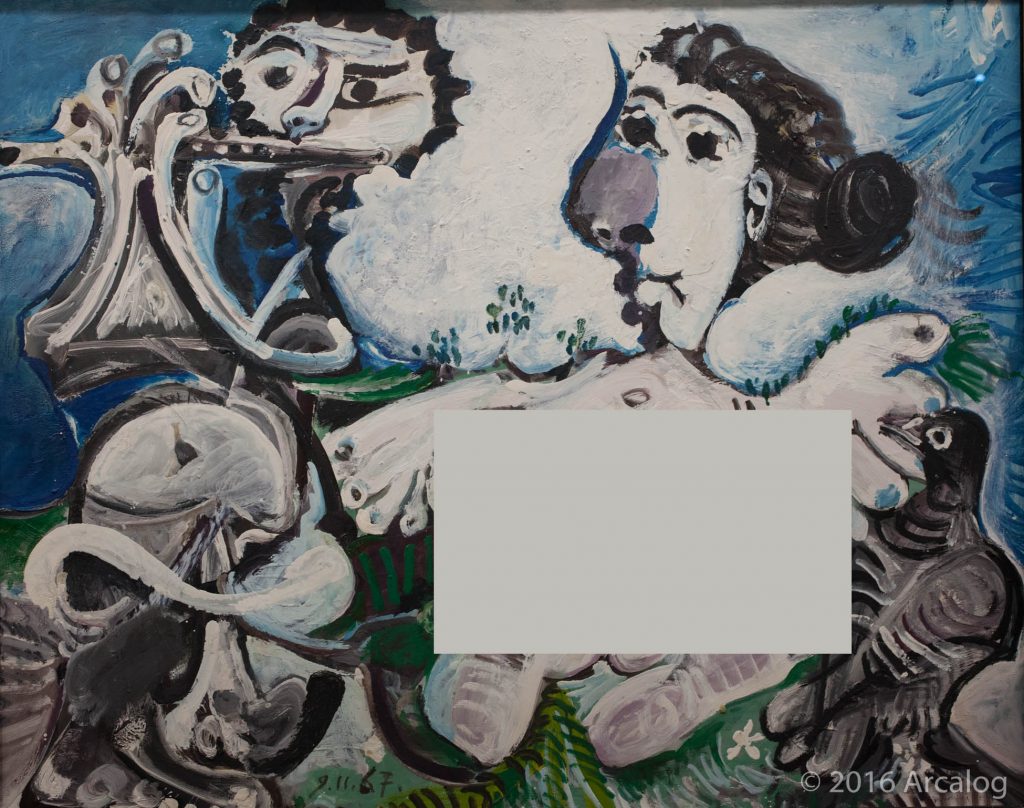
![Pablo Picasso, Woman in a Green Hat, 1947 - I deliberately painted this crooked nose [...] so that you are forced to see a nose. Later [...] you'll recognise that it is not crooked at all. You should simply stop perceiving pretty harmonies and exquisite colours." Such portraits as the present example met with rejection and bewilderment: "If all women resembled those painted by Picasso, the earth would be depopulated by the end of the century. Men would run away at the sight of these cadaverous, greenish, amorphous, inhuman creatures.'](https://arcalog.com/wp-content/uploads/2016/06/IMG_3811-828x1024.jpg)

